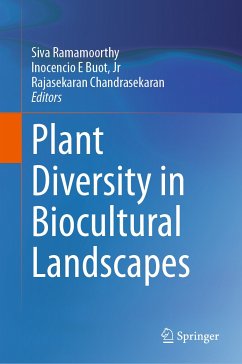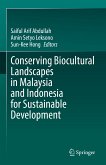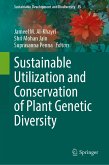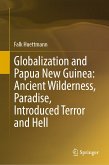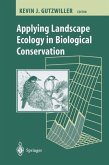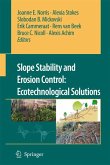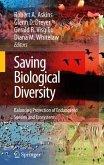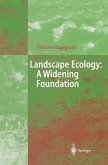The edited book highlights comprehensive studies on plant diversity dynamics, ecosystem processes, and best conservation practices from the interdisciplinary perspectives such as the botanists, ecologists, conservation biologists, geneticists, cell biologists, molecular biotechnologists, and social scientists. The main focus of the book is to address biodiversity loss and ecosystem collapse amidst the escalating climate change problems, aggravated by anthropogenic activities in biocultural landscapes. The book describes the biocultural landscape of today, ecology of plant diversity, botany of keystone and other rare species of economic and pharmaceutical significance, ecosystem processes, conservation, and emerging frameworks to sustain biocultural landscapes in the Anthropocene. Biocultural landscapes are tracks of land in many parts of the world, shaped by unique human-nature interactions. Many of these landscapes are populated with indigenous peoples with a unique way of life including their interaction with plants and the environment. The relationship between humans and nature in biocultural landscapes used to be harmonious. However, as the human population surges, much pressure has been experienced by the landscape, hence, the loss of biodiversity and degradation of ecosystem services that cascade to agricultural systems. The book is of interest to teachers, professors, policymakers, researchers, and advocates in the fields of botany, ecology, taxonomy, biodiversity conservation, environmental science, molecular biology and genomics, molecular ecology, agriculture, and Agri-tourism, forestry, social science, and climate change professionals. Also, the book serves as a good reference and additional reading material for undergraduate and graduate students.
Dieser Download kann aus rechtlichen Gründen nur mit Rechnungsadresse in A, B, BG, CY, CZ, D, DK, EW, E, FIN, F, GR, HR, H, IRL, I, LT, L, LR, M, NL, PL, P, R, S, SLO, SK ausgeliefert werden.

